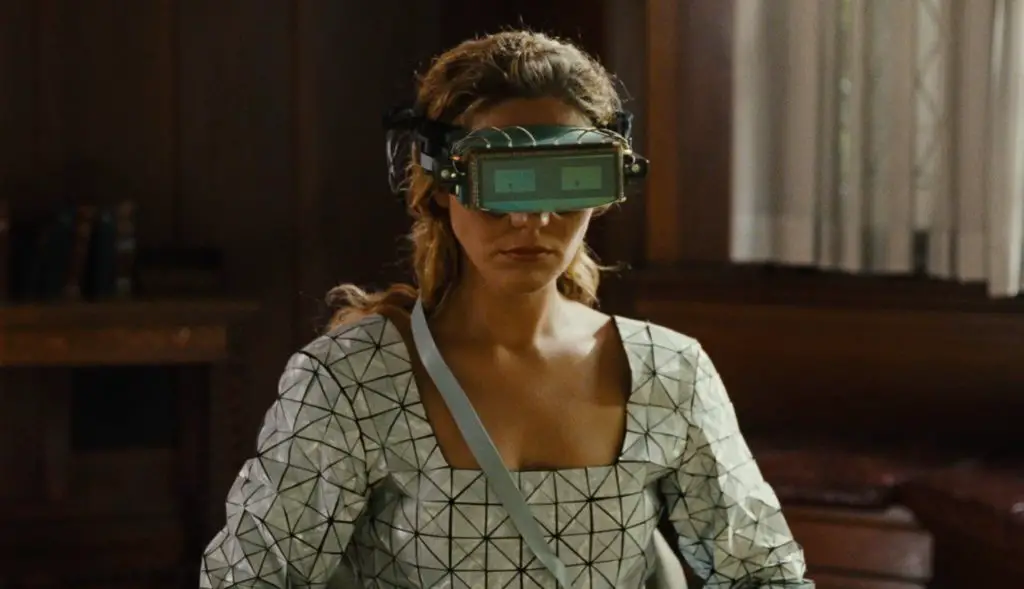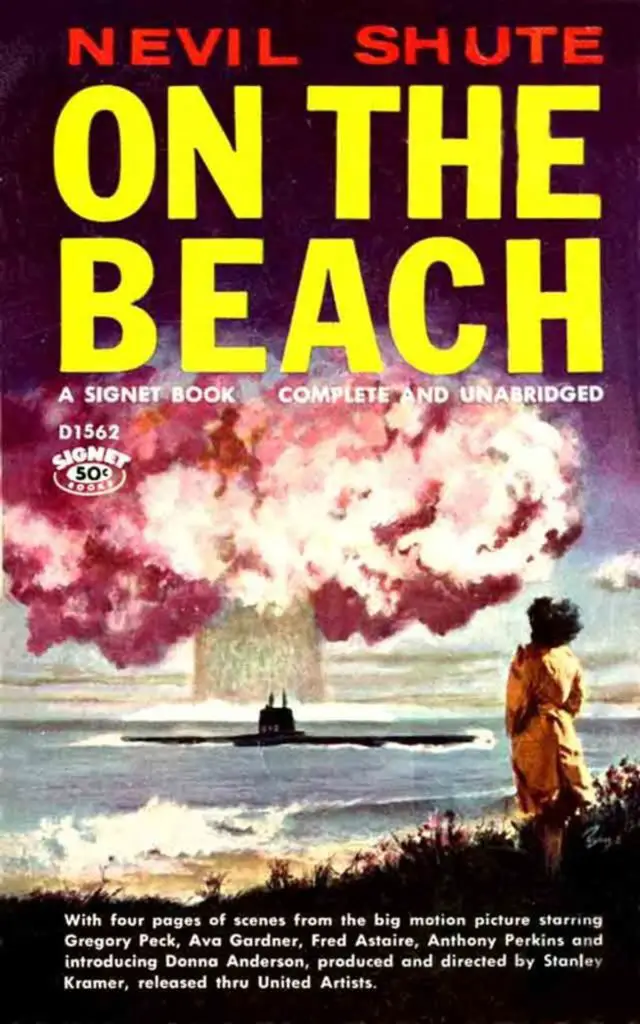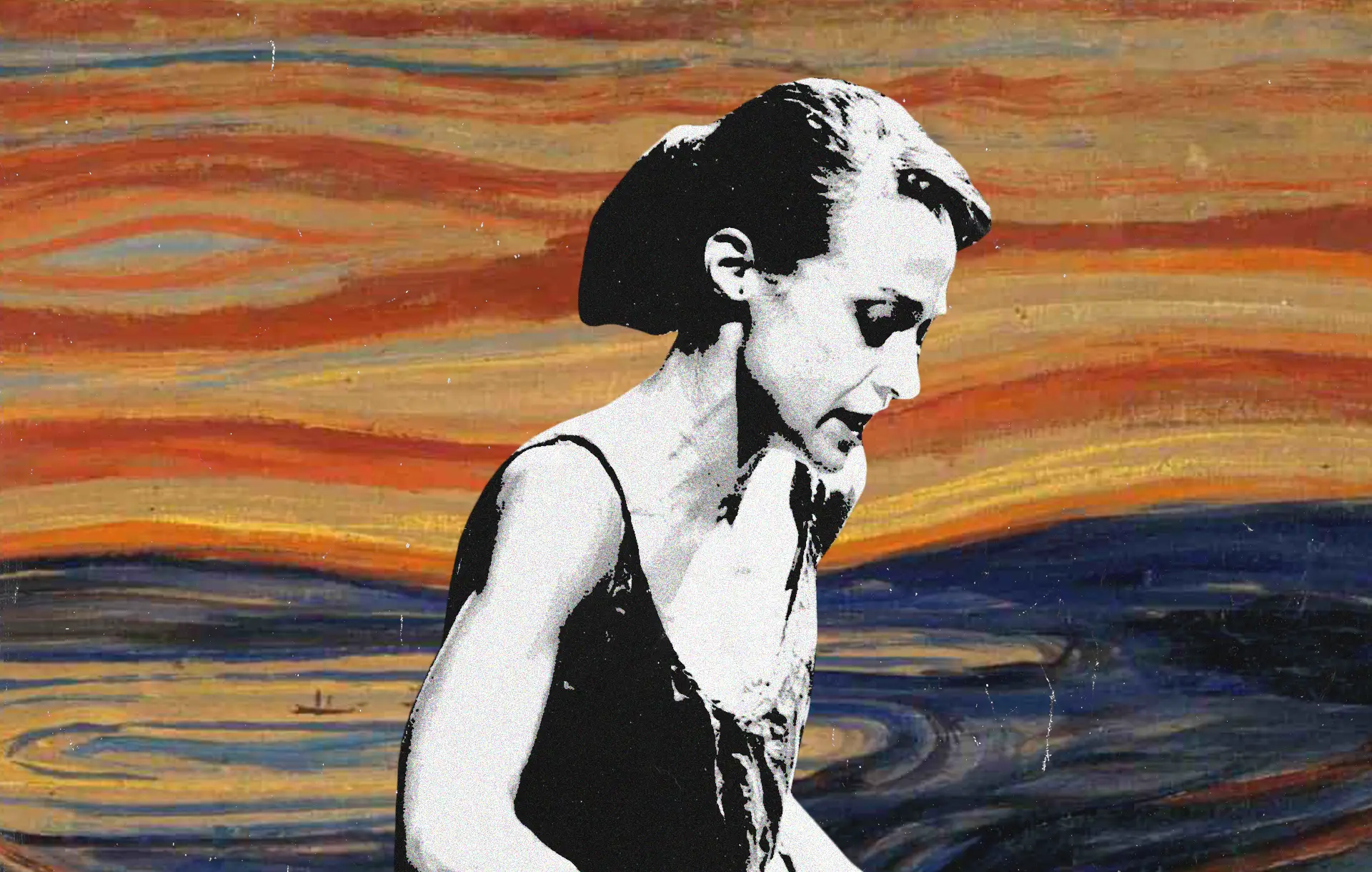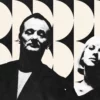There’s a work of art for every occasion, and some are nothing short of ideal for instances of calamity. Whether said cataclysm is personal or collective, minor or major, there’s a song, movie, painting, or novel that seems tailormade for the situation. I suspect that over the course of the year, many of us have found such works that have helped cope with the catastrophe that has been 2020.
All year long I’ve intended to write about various pieces that have seemed terribly relevant to our global garbage fire, but like many out there, I’ve been infected with an acute case of pandemic procrastination. Now with 2020 behind us and the light winking on and off at the hopefully-nearing end of the tunnel thanks to emerging vaccines, it seems like a good time to take a look at a few works that are—in one way or another—representative of our shared slog through the era of COVID.
Until the End of the World (1991): Wim Wenders

Sort of released in 1991, Until the End of the World is, as you might guess, about the apocalypse—sort of. I use “sort of” twice in that sentence because it was sort of released in 1991, and it was sort of about the end of the world, but there’s a lot of ambiguity to both those statements.
Written and directed by Wim Wenders—who helmed such cult classics as Paris, Texas and Wings of Desire—the film took some fifteen years to complete due to a lengthy writing and rewriting process, budgetary issues, and the complications inherent to shooting across eleven countries. Then the original cut ended up being some 20 hours long, so the two-hour version that was released in 1991 could barely be considered representative of Wenders’ vision. It wasn’t until 2019 when Criterion released a nearly 5-hour version of the movie that viewers got an accurate look at what it was intended to be.
Criterion released a nearly 5-hour version
While Until the End of the World is set against the backdrop of an impending nuclear disaster, this catastrophe is very much in the background. It’s primarily about how people react to uncertainty, and whether or not they have the humanity to rise above their fear. The first half is essentially an apocalyptic road movie (the ultimate road movie, according to the director), while the second half gets unexpectedly weird when our cast of protagonists (featuring standouts like William Hurt, Max von Sydow, and Sam Neill) settle in to ride things out in an aboriginal region of Australia, where they throttle up the sci-fi.
Fetch the Bolt Cutters (2020): Fiona Apple
The great Fiona Apple’s first album in nearly a decade, Fetch the Bolt Cutters was dropped with little to no warning. While Apple’s talent as a songwriter has never been in question, never has she released something so timely.
Recorded over a five year period using Garageband, Fetch the Bolt Cutters features percussive soundscapes made by banging a bunch of random stuff she had lying around the house. As it dealt with themes of confinement and depression and was composed in a cut-and-paste, improvisational fashion, the album was almost absurdly appropriate for a year of lockdowns, worry, and madness. But it also has a lighthearted, aspirational element to it that makes listeners feel like everything is going to be alright. Is there anyone besides Apple who can make lyrics like “I spread like strawberries, I climb like peas and beans” come off with such explosive catharsis?
Composed in a cut-and-paste, improvisational fashion, the album was almost absurdly appropriate for a year of lockdowns
It’s a headphones album. Listening to all those clicks and clatters, shouted lyrics and unedited mistakes, you get the distinct sense that this was a work created by a person who was tired of being pent up inside both physically and emotionally. The recording process may have begun years before the pandemic, but Apple’s hermit-like nature translates into our current situation all-too-well. It’s hard to say that there was a better, more representative album released this year.
“Happy” (2020): Danny Elfman
While many people don’t necessarily know him by name, most are familiar with Danny Elfman’s work. The singer for the ’80s New Wave band Oingo Boingo and composer of soundtracks for great films like Beetlejuice, Batman, Edward Scissorhands, the Nightmare Before Christmas, Mission: Impossible, Milk, and many, many more, most of us have at least an inkling of his bizarre, typically dark sound.
Its dystopian themes hit the nail on the head
Then out of nowhere in October of 2020, Elfman released his first non-soundtrack tune in almost 40 years in the form of the single “Happy.” It’s a weird, maybe upbeat, but definitely tremendously disturbing track that he intended to sing at Coachella. Written before the pandemic, it really couldn’t have been more timely.
With lyrics like “Everything is crumbling” and “Everything is shutting down,” its dystopian themes hit the nail on the head. And with its deranged tone and the unsettling music video that accompanied it…let’s just say that it’s 2020 through and through.
Self Portrait with the Spanish Flu (1919): Edvard Munch

At this point we’re all minor experts on pandemics, so you’re therefore probably aware that the last Big Sick came in 1918 with the so-called Spanish Flu, which killed some 50 million people worldwide. Expressionist painter Edvard Munch had a front row seat.
By the time Munch contracted the bug, he was already one of the most renowned artists in the world thanks to his iconic the Scream (which is, incidentally, another work that is decidedly representative of 2020). The self-portrait he painted while recovering from the flu serves as a fitting reminder that we’re not the first generation to go through the trials of a pandemic.
With his stern expression as he sits swaddled in a robe amidst a vivid room of somewhat hallucinatory colors, the painting is perfectly reflective of sickness and isolation. It has the look of a haunted fever dream, which is about as 2020 as art can get.
On the Beach (1957): Nevil Shute

A post-apocalyptic novel released in 1957, On the Beach centers around the story of an American submarine captain who becomes an accidental (and temporary) resident of Australia after the northern hemisphere is destroyed by nuclear war. As the nuclear fallout creeps its way south killing everything in its path, the novel explores how its characters react to their impending doom and the knowledge that they will be the last people on Earth.
The thing that struck me most here is how the end of the world portrayed in On the Beach is so mundane. As we’ve learned from our own mini practice apocalypse, it does seem that the world might not go out with a bang, but with a whimper.
What’s more, the reactions that the short-lived survivors have are strikingly similar to those we’ve seen over the course of 2020. Some understand the gravity of the situation immediately and take action accordingly. Others seem unable to believe the reality of what’s happening. Some attempt to bargain for their lives while others decide to go down partying. And then there are those who simply ignore the situation and continue living as if nothing is amiss right up to the very end.
There’s something comforting about the knowledge that we’re not the first people to have disaster on the brain, and we presumably won’t be the last. Calamity comes and goes, people react how they will, and sometimes all we can do is ride it out as best we can.
Perhaps when we come out on the other side, we’ll have some great art to show for it.




